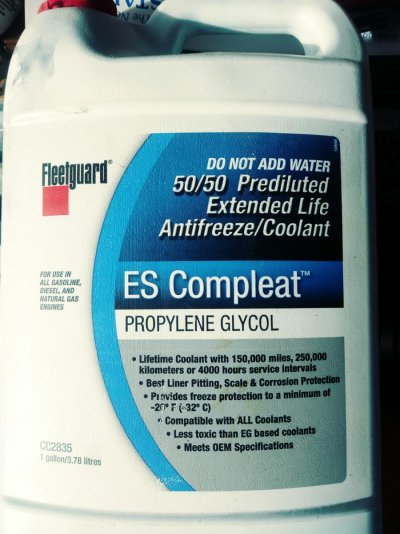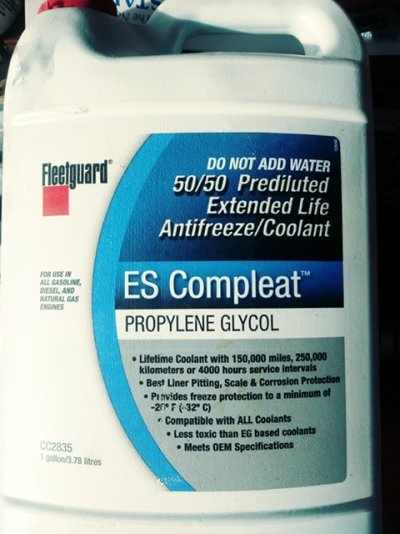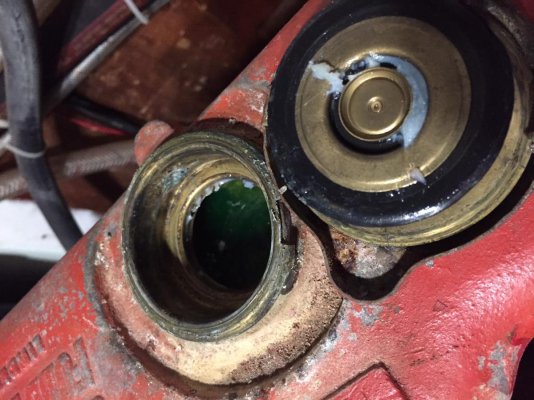Marc D
Member
Need a bit of education from your big brains this morning. Finishing up our rebuild of our Heritage 40 and changed out the water pump. Noticed that our coolant level was low and that the previous owner had used a propylene glycol based coolant on our single engine Mercedes Nanni closed system. To be honest not once in my 50 years on the planet have I ever really paid attention to coolant types. When my car was low I just added more of what ever was available. So I went to the auto parts store and actually read the different coolant types all were ethylene glycol based. Searching the web I found quite a bit of conflicting information. One site said if you mix the two you wind up with basically mud in your engine, the other stated you can mix just fine. I actually found the correct fluid at West Marine but my question is what are the benefits to either? Thanks for your help! Marc



